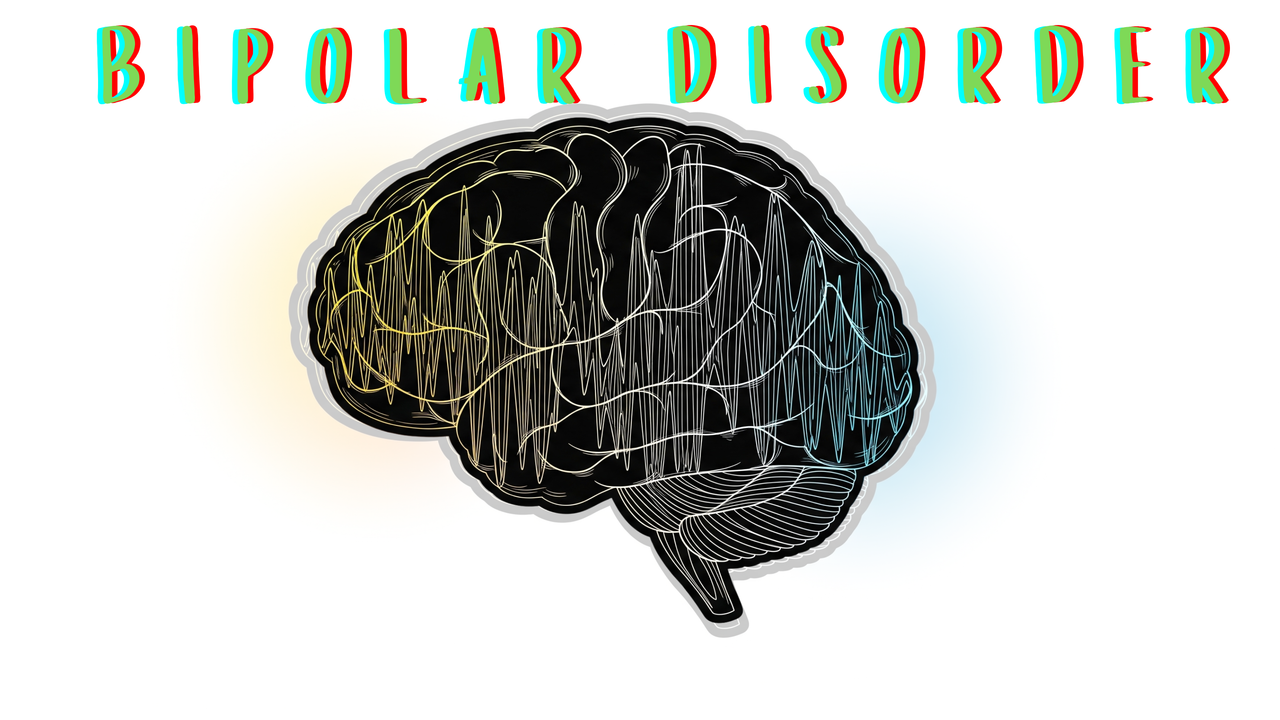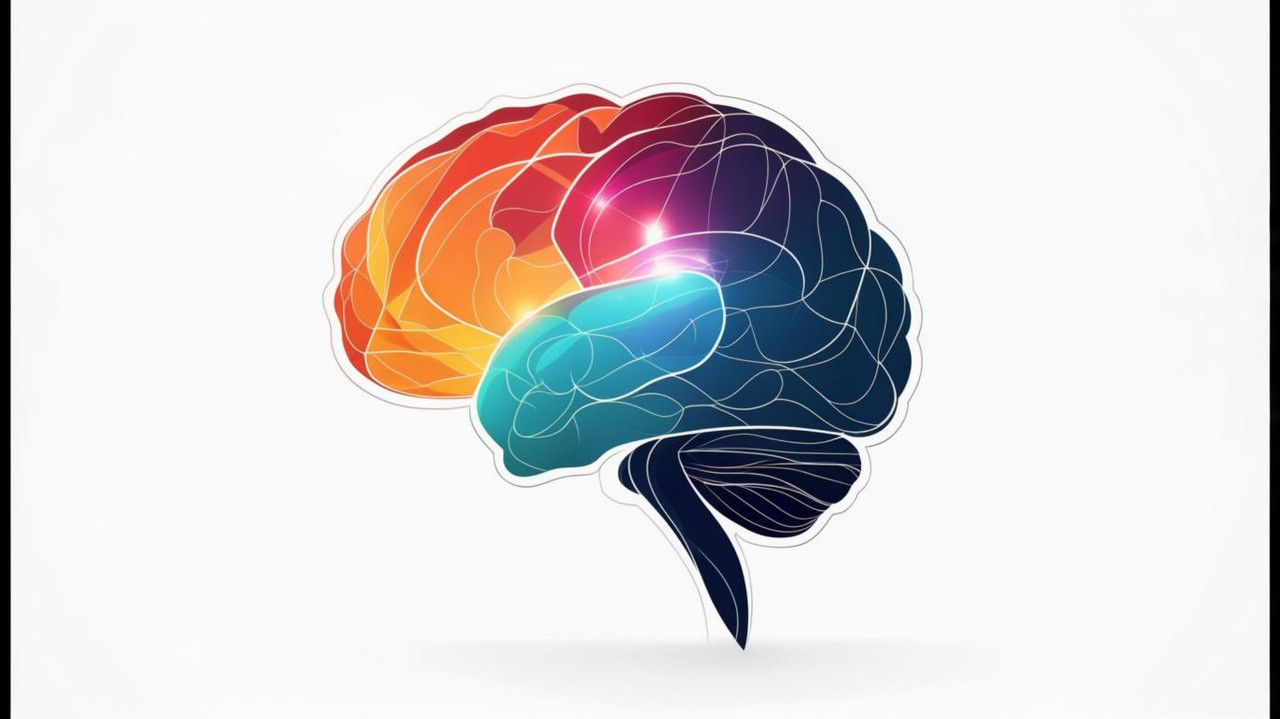When people hear "bipolar disorder," they often picture dramatic mood swings, someone who’s overly cheerful one moment and deeply sad the next. Although mood changes are a component of the condition, reducing it to just that fails to capture its complexity. Bipolar disorder is a complex mental health condition that affects millions worldwide, influencing not just emotions but also energy levels, decision making, relationships, and daily functioning. Far from being a fleeting emotional rollercoaster, it’s a lifelong journey that requires understanding, patience, and effective management. This article dives deep into the realities of bipolar disorder, exploring its symptoms, causes, diagnosis, treatment options, and practical strategies for living well with the condition all while debunking myths and fostering empathy.
 |
| BIPOLAR DISORDER |
Understanding Bipolar Disorder
Bipolar disorder, formerly known as manic depression, is a mental health condition marked by intense shifts in mood, energy levels, and behavior. These changes manifest as distinct episodes that can last days, weeks, or even months, disrupting a person’s ability to carry out everyday tasks. The condition is categorized into three main types, each with unique features:
Bipolar I Disorder: This type involves at least one full blown manic episode, which may include intense euphoria, excessive energy, or irritability, often severe enough to require hospitalization. Depressive and Mixed Episodes - After manic highs, many experience depressive lows. Some may also face mixed episodes, where symptoms of mania and depression happen at the same time - often making things feel intense and overwhelming.
Bipolar II Disorder: Bipolar II involves hypomania - a milder form of mania - alongside major depressive episodes. While hypomania isn’t as extreme, the depressive periods can be deeply disruptive. Hypomania might feel productive or energized but doesn’t usually lead to severe consequences like mania can.
Cyclothymic Disorder: A less intense form featuring chronic cycles of hypomanic symptoms and mild depressive symptoms that don’t fully meet the criteria for major episodes but still impact daily life.
To truly understand bipolar disorder, it’s essential to recognize the hallmarks of its episodes:
Manic Episodes: Lasting at least seven days, these include symptoms like grandiosity, reduced need for sleep, rapid speech, and impulsive decisions (e.g., reckless spending or risky behaviors).
Hypomanic Episodes: Similar to mania but shorter (at least four days) and less disruptive, often going unnoticed by others.
Depressive Episodes: Lasting at least two weeks, these bring overwhelming sadness, fatigue, changes in sleep or appetite, and sometimes thoughts of suicide.
These episodes vary in intensity and frequency, making bipolar disorder a highly individualized experience.
Causes and Risk Factors
What causes bipolar disorder? While the exact answer isn’t fully known, experts agree it stems from a mix of genetic, biological, and environmental influences:
Genetic Factors: A family history of bipolar disorder significantly increases the likelihood of developing it. If a parent or sibling has the condition, the risk rises, though no single "bipolar gene" has been pinpointed.
Biological Factors: Research suggests imbalances in neurotransmitters chemicals like serotonin and dopamine that regulate mood play a role. Structural differences in the brain may also contribute.
Environmental Factors: High stress events (e.g., loss of a loved one, financial strain), trauma, or substance use can trigger the onset of episodes, particularly in those already genetically predisposed.
Bipolar disorder isn’t a result of personal shortcomings or a lack of will-power it’s a medical condition rooted in complex interactions beyond an individual’s control.
Diagnosis and Challenges
Bipolar disorder cannot be diagnosed through a simple blood test - it requires a thorough clinical evaluation. Its symptoms often overlap with other conditions like major depression, anxiety, or ADHD, making accuracy a challenge. Mental health professionals typically rely on:
Comprehensive Assessments: A detailed history of mood patterns, behaviors, and family mental health.
Physical Exams: To rule out thyroid issues or other conditions mimicking bipolar symptoms.
Mood Charting: Tracking daily moods and symptoms to identify cycles over time.
One major hurdle is misdiagnosis. For instance, someone in a depressive phase might be diagnosed with unipolar depression, missing the bipolar component. This can lead to treatments like antidepressants alone that worsen the condition by triggering mania. An accurate diagnosis is critical, often requiring patience and collaboration with a skilled clinician.
Treatment Approaches
Managing bipolar disorder involves a tailored, multifaceted plan. Treatment typically combines medication, therapy, and lifestyle adjustments to stabilize mood and improve quality of life.
Medication
Mood Stabilizers: Drugs like lithium or valproate are first line treatments to prevent both manic and depressive episodes.
Antipsychotics: Medications such as quetiapine or olanzapine help control mania or mixed symptoms.
Antidepressants: Used cautiously during depressive phases, often paired with mood stabilizers to avoid sparking mania.
Psychotherapy
Cognitive Behavioral Therapy (CBT): Teaches skills to reframe negative thoughts and cope with stress.
Dialectical Behavior Therapy (DBT): is designed to help individuals manage emotions and improve communication in relationships.
Family Focused Therapy: Engages loved ones to strengthen communication and support systems.
Lifestyle Interventions
Sleep Consistency: A regular sleep schedule helps regulate mood cycles.
Physical Activity: Exercise can alleviate depressive symptoms and boost overall well being.
Stress Reduction: Practices like meditation or deep breathing minimize triggers.
Effective treatment is a partnership between the individual and their healthcare team, often requiring adjustments over time to find what works best.
 |
| LIVING WITH BIPOLAR DISORDER |
Living with Bipolar Disorder
While bipolar disorder poses challenges, it doesn’t define a person’s potential. With effective strategies in place, individuals and their families can manage the challenges and fluctuations of the condition:
Monitor Symptoms: Keeping a mood journal can reveal patterns and early signs of episodes, allowing for timely intervention.
Build a Support Network: Trusted friends, family, or bipolar support groups provide emotional backing and reduce isolation.
Practice Self Care: Prioritize routines consistent sleep, balanced meals, and exercise to maintain stability.
Educate and Advocate: Learning about the condition and sharing insights with others helps combat stigma and fosters understanding.
For loved ones, offering patience and avoiding judgment are vital. Encouraging treatment adherence and celebrating small victories can strengthen relationships and resilience.
Dispelling Myths and Stigma
Misconceptions about bipolar disorder fuel stigma and misunderstanding. Let’s set the record straight:
Myth: It’s just exaggerated moodiness.
Truth: Bipolar disorder is a real medical condition, not just someone being overly emotional or quirky.
Myth: People with bipolar can’t function normally.
Reality: Many lead successful lives with proper management holding jobs, raising families, and pursuing passions.Myth: Mania is always fun or productive.
Reality: While it might feel energizing, mania can lead to destructive choices and exhaustion.
By challenging these myths, we pave the way for greater acceptance and compassion, recognizing bipolar disorder as a health issue deserving of support, not shame.
Conclusion
Bipolar disorder goes far beyond mood swings it’s a dynamic condition that touches every corner of a person’s life. Yet, with accurate diagnosis, a blend of treatments like medication and therapy, and practical coping strategies, it’s possible to manage its challenges and thrive. If you suspect bipolar disorder in yourself or someone close to you, reaching out to a mental health professional is the first step toward clarity and hope. Armed with knowledge and support, those living with bipolar disorder can navigate its complexities and build a life of purpose and fulfillment.

Comments
Post a Comment